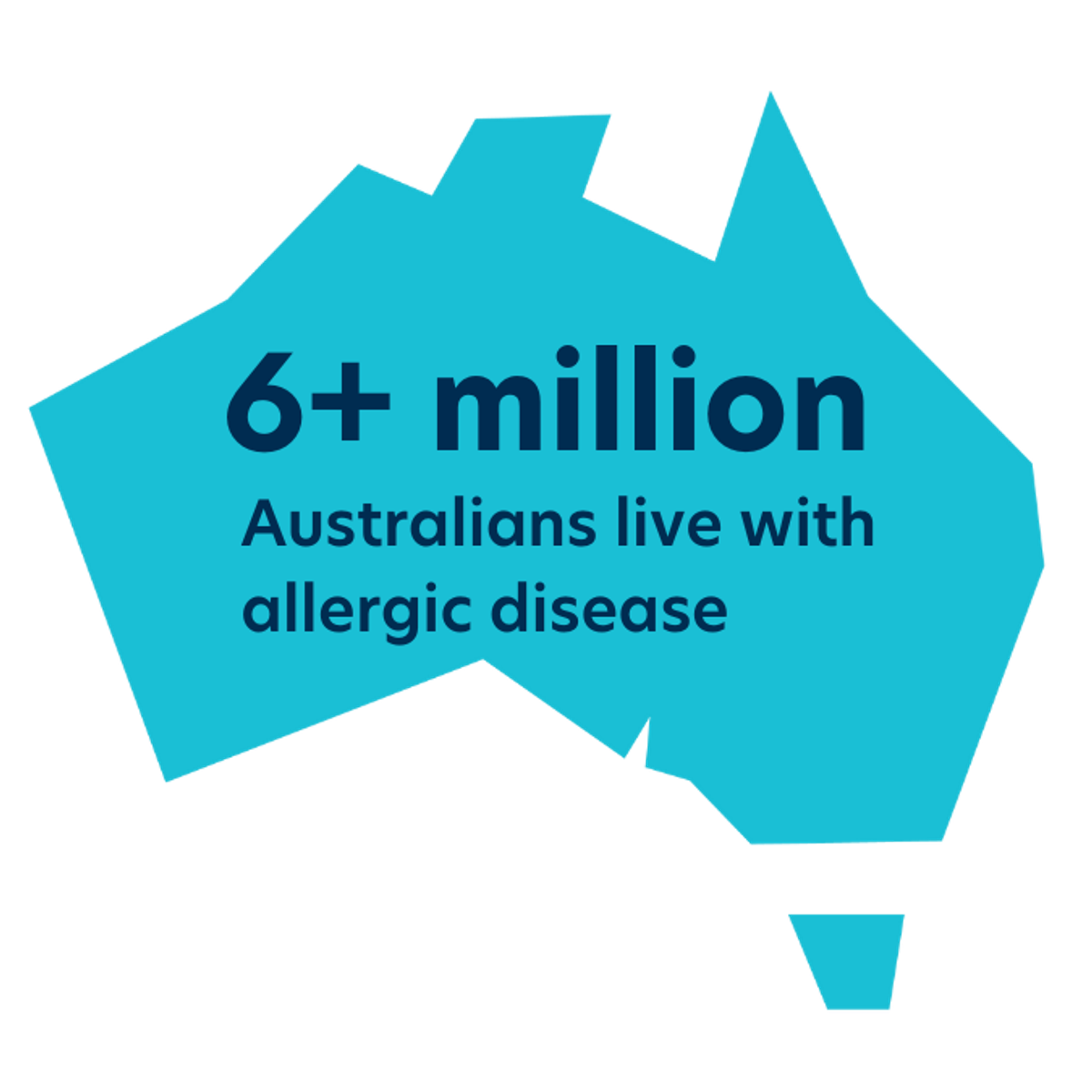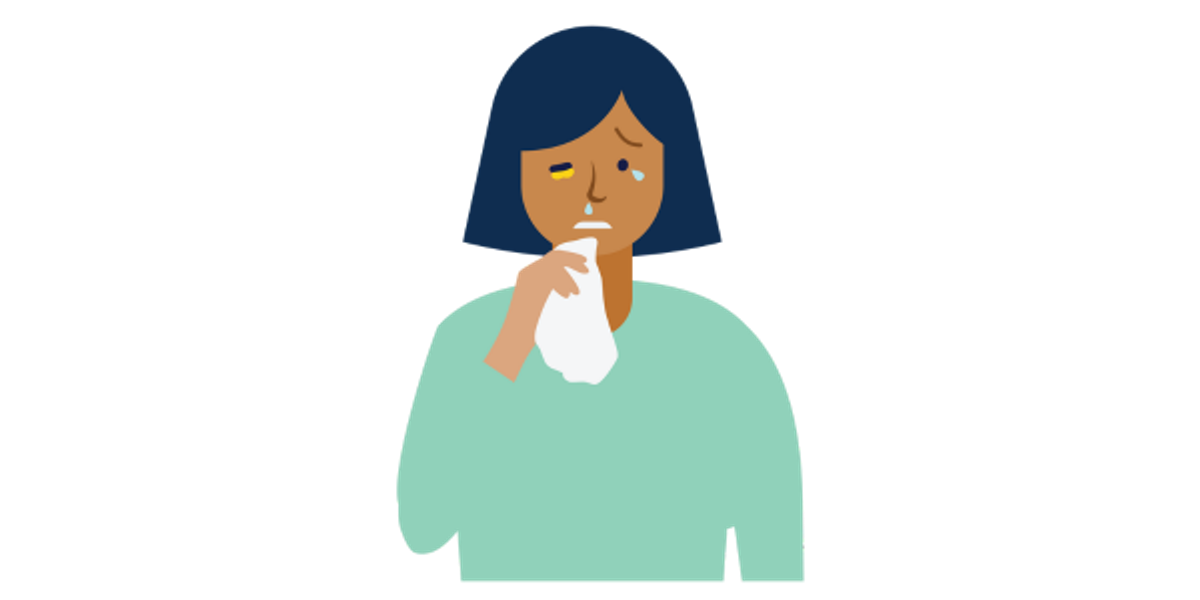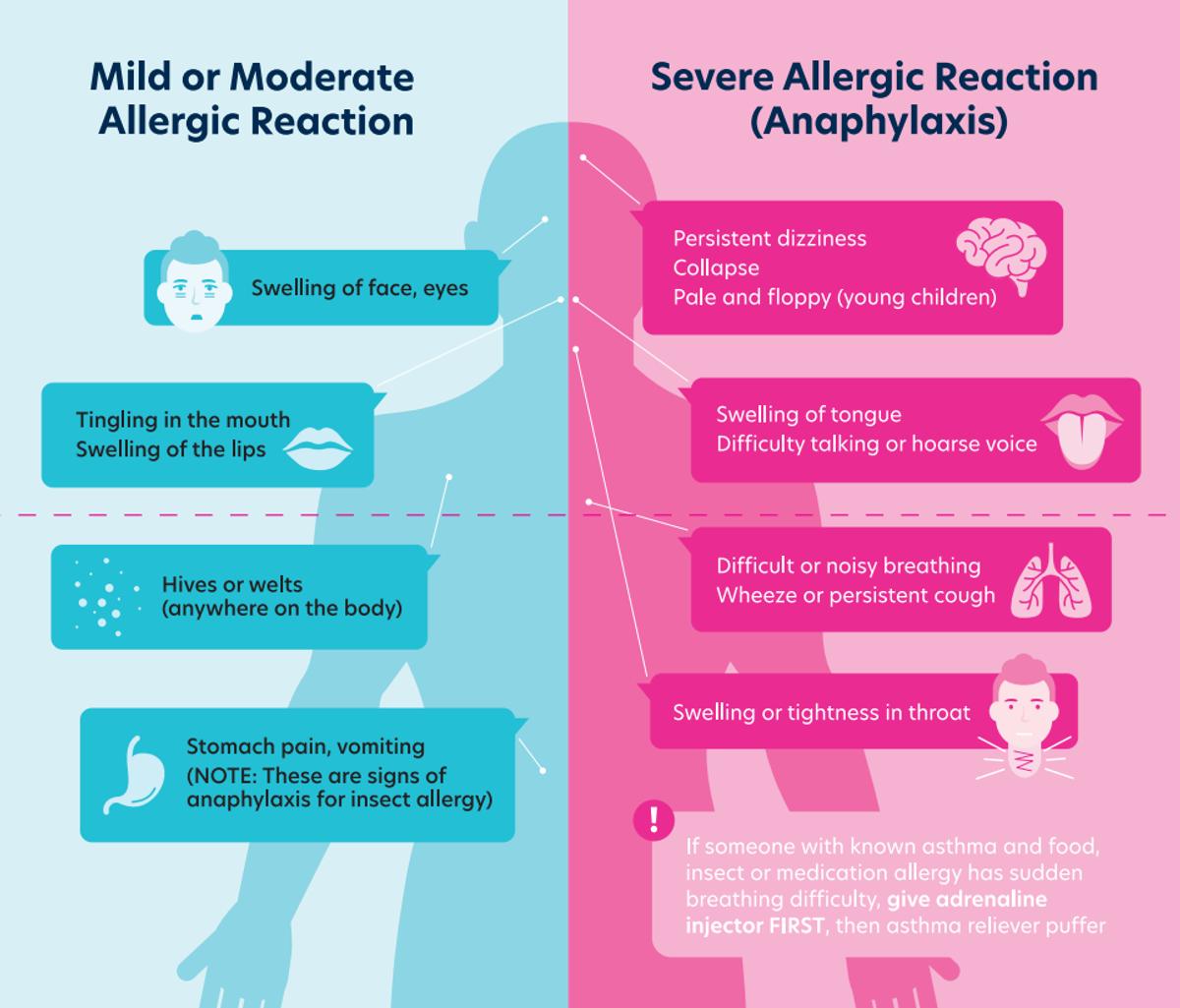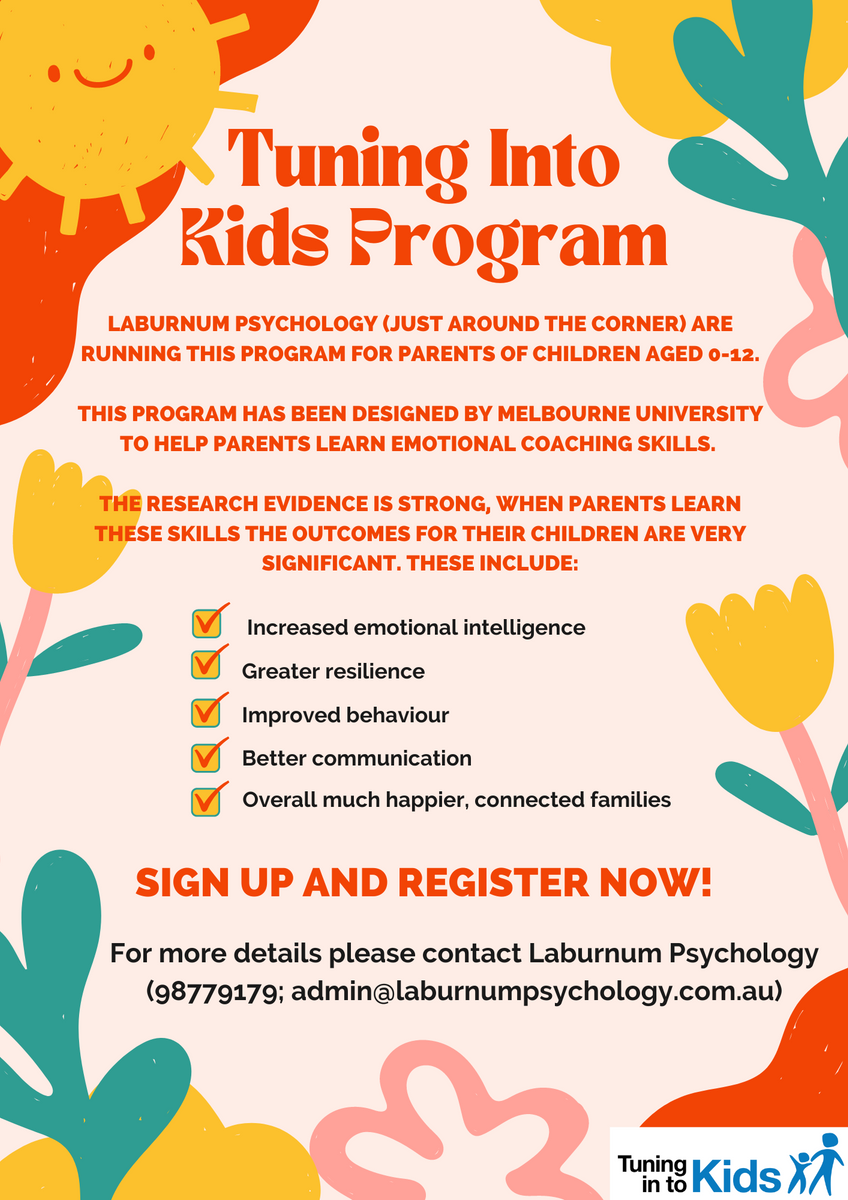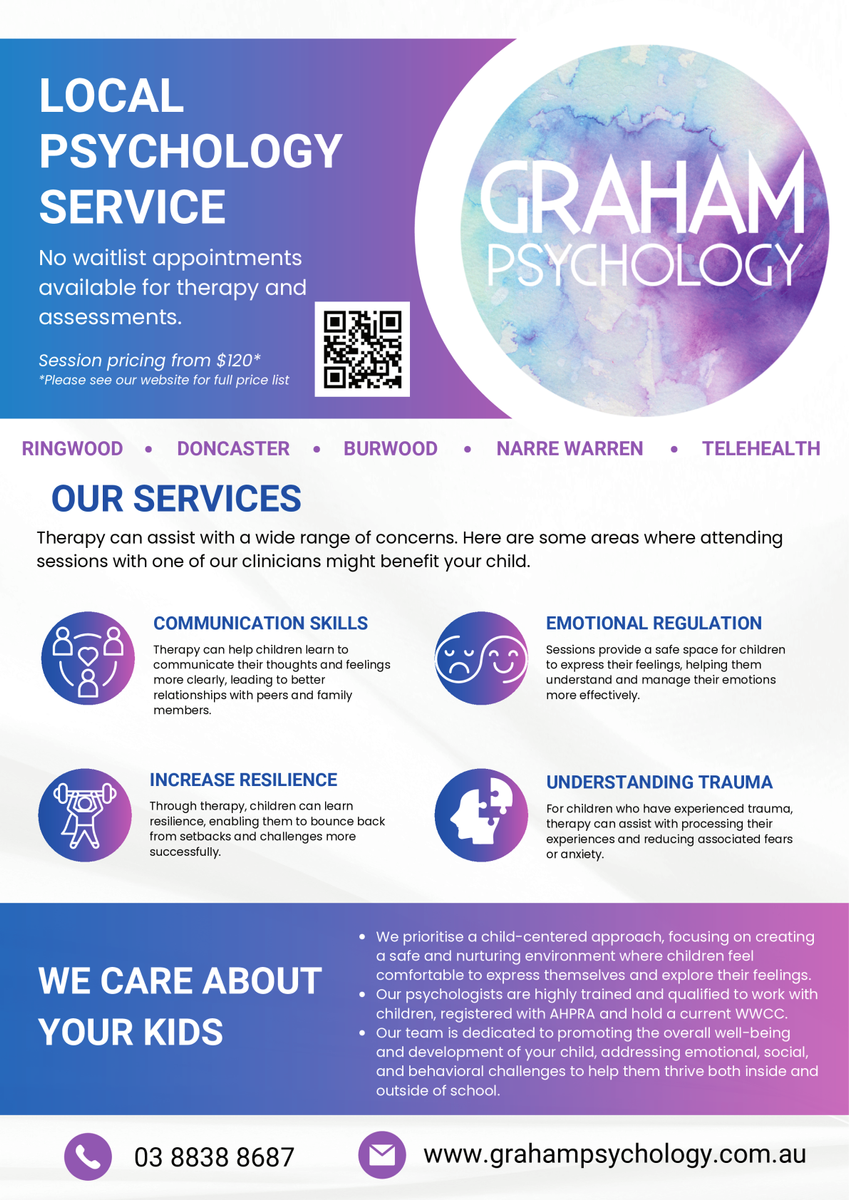Health & Wellness

What is Allergy?
from Allergy & Anaphylaxis Australia
An allergy is an overreaction by the body’s immune system to a normally harmless substance. Substances that can trigger an allergic reaction are called allergens.
People can be allergic to many things, such as pollen, mould, dust mites, animal dander or saliva, insect stings or bites, medication, food, and latex. Allergic disease also includes conditions such as eczema (atopic dermatitis), allergic rhinitis (hay fever), allergic conjunctivitis, and allergic asthma.
It is important that food allergies are not confused with food intolerance. Food intolerance does not involve the immune system.
Atopy is the genetic (inherited) tendency to develop allergic diseases. People with atopy are said to be atopic. When people with atopy are exposed to allergens, they can develop an immune reaction that includes inflammation (such as redness and swelling).
This inflammation can affect different parts of the body, such as the:
- nose and eyes – leading to allergic rhinitis and allergic conjunctivitis
- skin – leading to eczema or urticaria (hives)
- lungs – leading to asthma
- whole body or generalised response – leading to anaphylaxis (the most severe type of allergic reaction)
If you want to understand how exposure to an allergen leads to changes in your immune system that then cause symptoms, watch the video on this page. It uses food allergy as an example.
How common is allergy?
Allergic diseases are common in Australia – affecting over 6 million people – and are on the rise, for reasons that are unclear.
The most common allergic conditions in children are food allergies, eczema, asthma, and allergic rhinitis.
Up to 40% of children will experience some form of allergy during their lifetime.
6+ million Australians live with allergic disease.
1 in 5 adults suffer from allergic rhinitis (hay fever).
1 in 10 infants develop food allergy before their first birthday.
8% of children and 2% of adults in Australia live with food allergy.
Eczema affects up to 2.8 million Australians.
Who is at risk of developing an allergy?
If you have a family history of allergic conditions, it makes sense to try to reduce the risk of your children developing allergic disease.
- If you or your partner has an allergy, your child has a 30% chance of inheriting the allergic gene and could, therefore, develop eczema, asthma, allergic rhinitis, or food allergy.
- If both parents have a history of an allergic condition, your child has a 40% to 60% chance of having some form of allergy.
If you have a history of allergy in the family, you are encouraged not to smoke during pregnancy and to breastfeed your baby for at least six months, if possible.
Understanding allergy care
For information on diagnosis, management and where to get help, visit the Understanding Allergy Care Hub.
Developed as part of the Shared Care for Allergy Project, in collaboration with the National Allergy Council through funding from the Australian Government, Department of Health and Aged Care.
Signs and symptoms of an allergic reaction (including anaphylaxis)
The signs and symptoms you experience depend on the type of allergy you have. Allergies can be mild, moderate or severe.
Anaphylaxis is a severe allergic reaction that requires an immediate emergency response. It is often a sudden and severe allergic reaction that commonly affects more than one body system at the same time. Anaphylaxis can, however, sometimes just affect one body system. See the ASCIA Action Plan for Anaphylaxis. Foods, insects and medications (including those prescribed, over-the-counter or alternative therapies) are the most common causes of anaphylaxis.
Allergic reactions usually do not happen after the first exposure to an allergen but may happen on the next exposure. However, many people do not remember their first exposure to the allergen.
Laburnum Psychology
Tuning Into Kids PROGRAM FOR PARENTS
Graham Psychology

